Ancient news stories
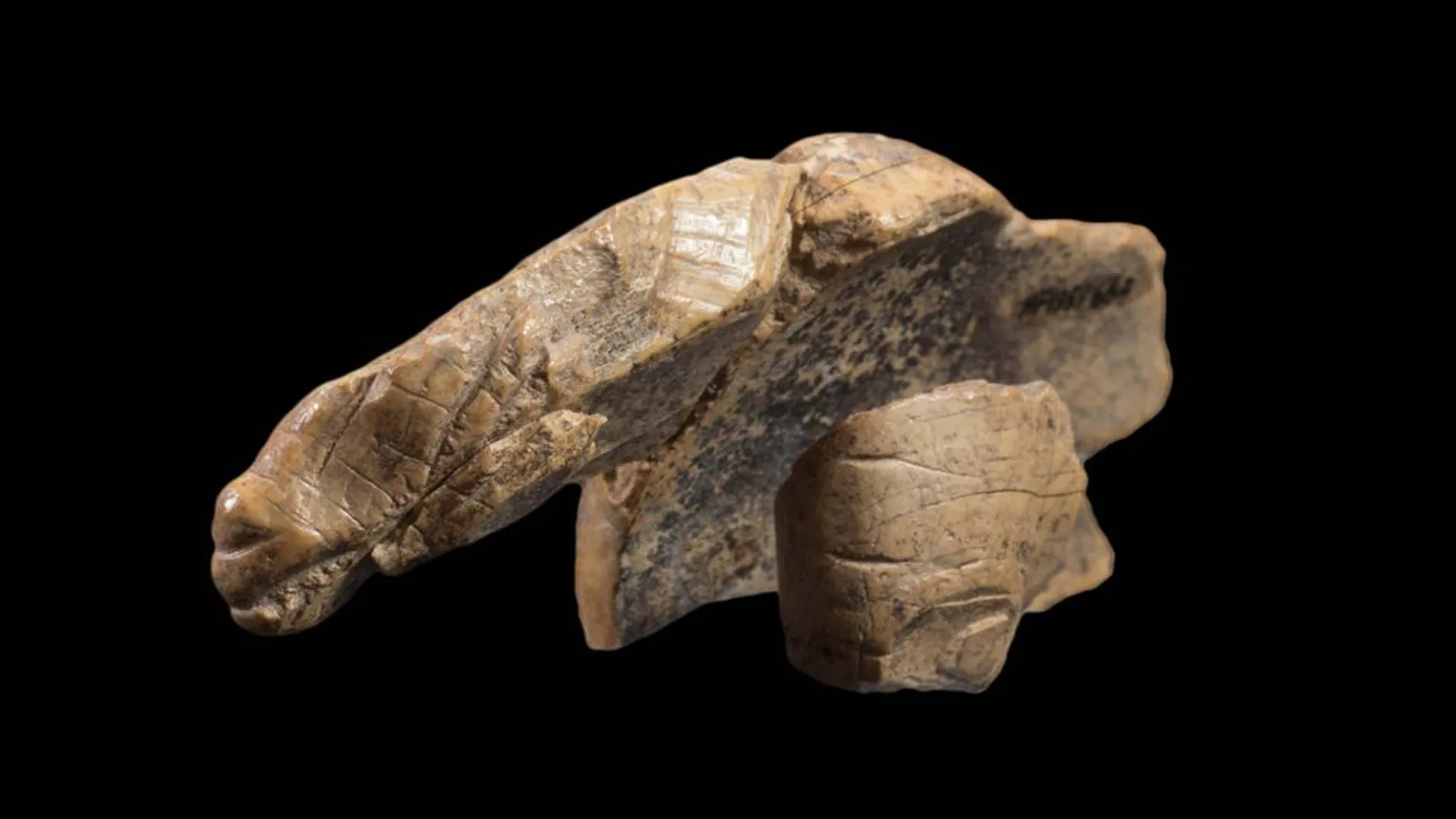
Archaeologists in Germany have discovered the missing piece of an ice age carving deep in a cave. But the new addition of the ivory carving, originally thought to depict a horse, has actually complicated matters: Now, researchers aren’t sure if it portrays a cave lion or a cave bear.
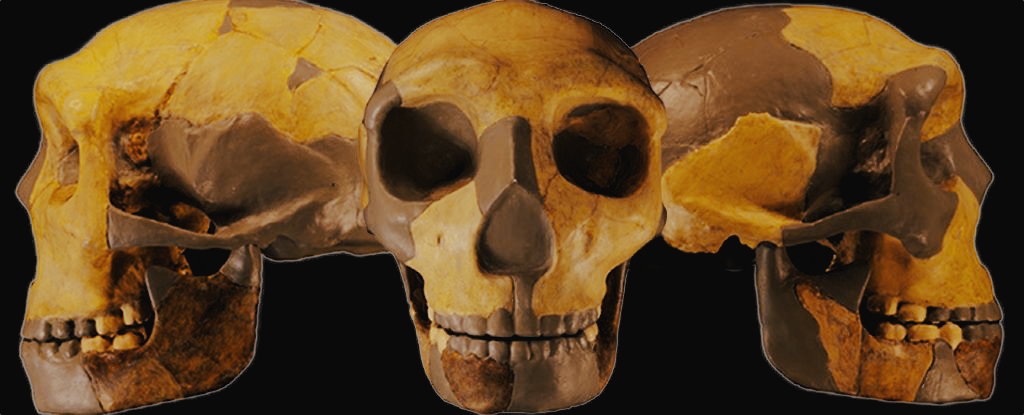
It resembles neither the lineage that split to form Neanderthals, nor Denisovans, nor us, suggesting our current version of the human family tree needs another branch. The study was published in the Journal of Human Evolution.
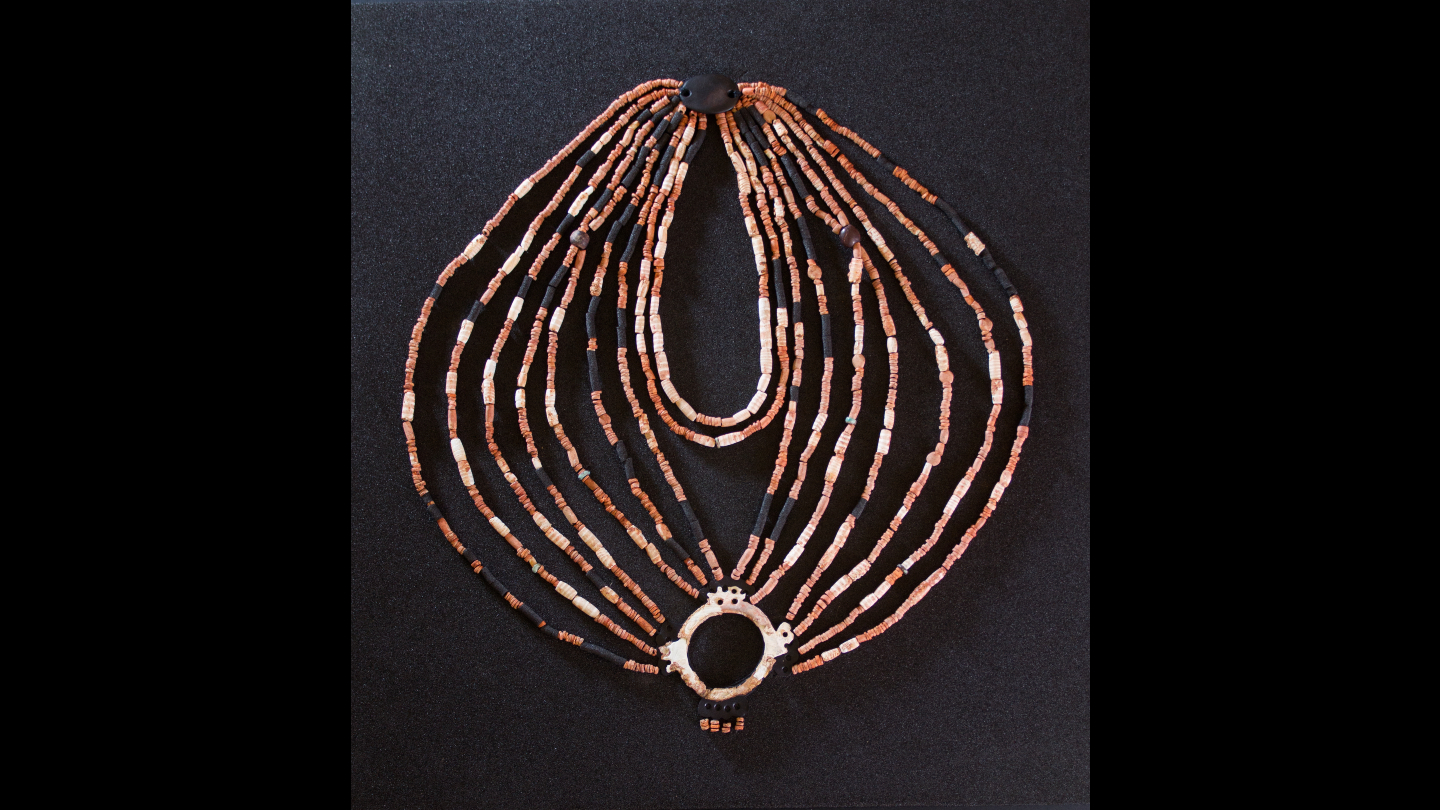
A Middle Eastern child interred in a stone-lined grave around 9,000 years ago wore an elaborate necklace that illustrates the complexity of social life in an early farming community, researchers say. See study here.
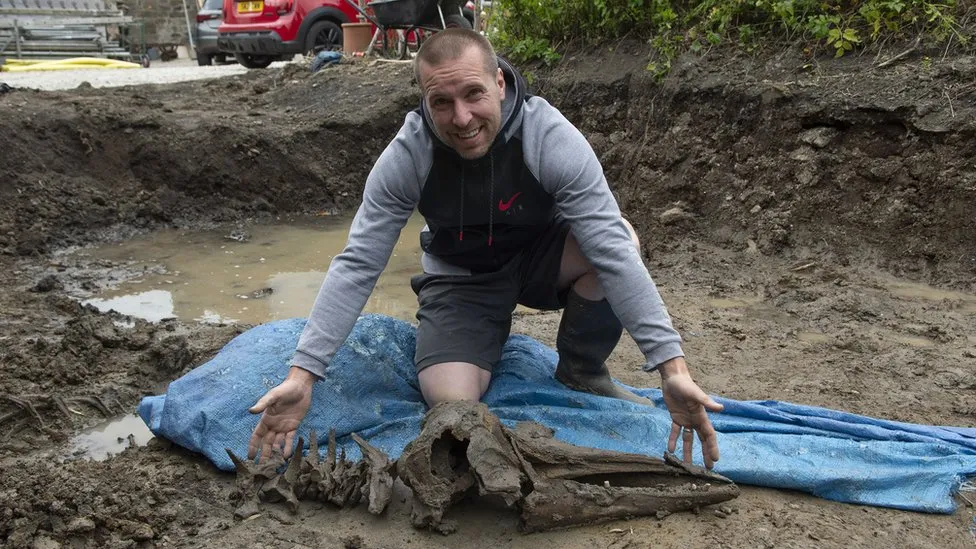
The bottlenose dolphin is thought to have washed up on an ancient shoreline after the last Ice Age. Archaeologists have described the prehistoric discovery in Causewayhead, Stirling, as “the find of a lifetime”.
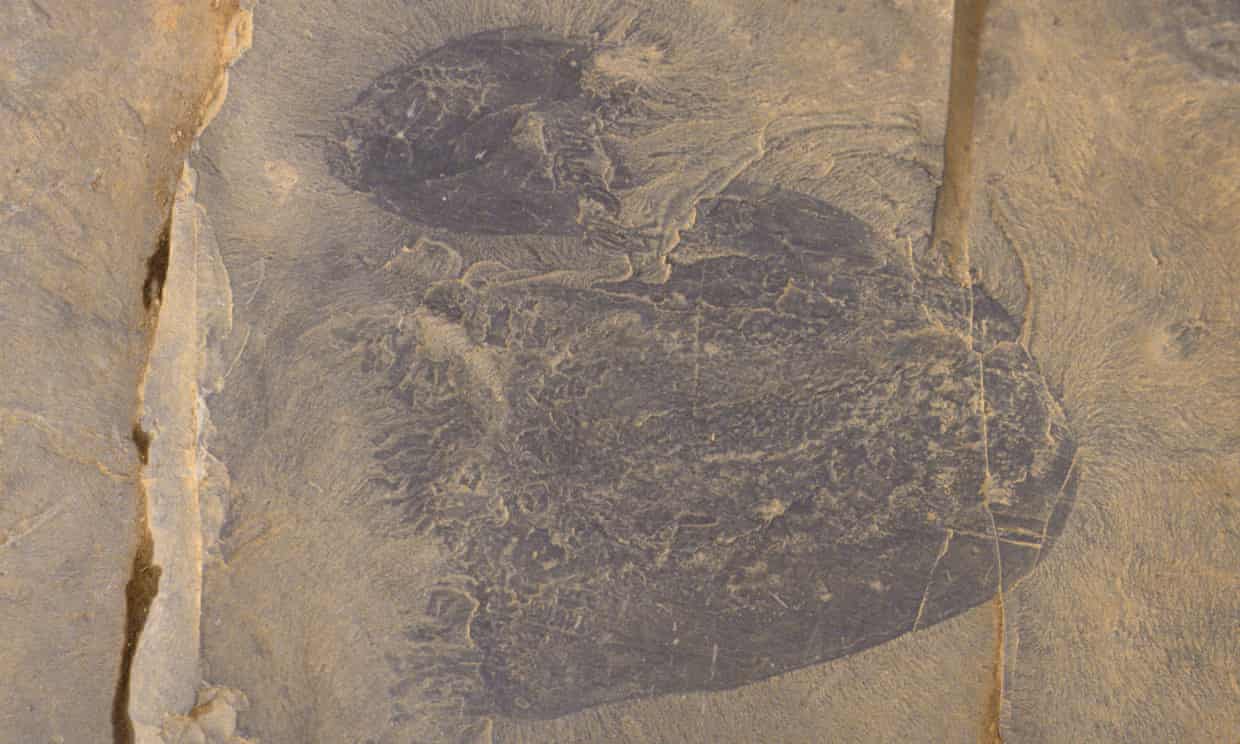
The new species, which has been named Burgessomedusa phasmiformis,resembles a large, swimming jellyfish with a saucer or bell-shaped body up to 20cm high. Its roughly 90 short tentacles would have allowed it to capture sizeable prey.
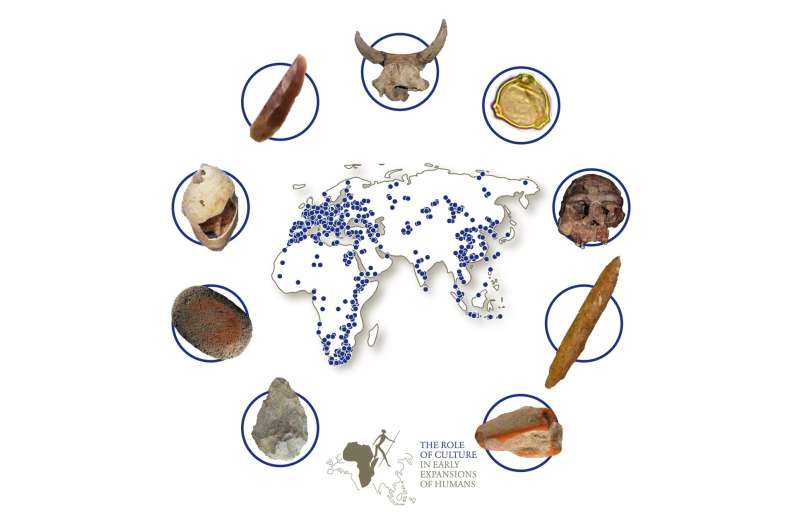
Human history in one click: For the first time, numerous sites relating to the early history of mankind from 3 million to 20,000 years ago can be accessed in a large-scale database. See research here.

Beneath its cratered crust, the Moon’s mantle sits atop what scientists think is a partially molten layer where clues to the Moon’s formation could lie. But according to a new study, there might be no oozy layer after all.
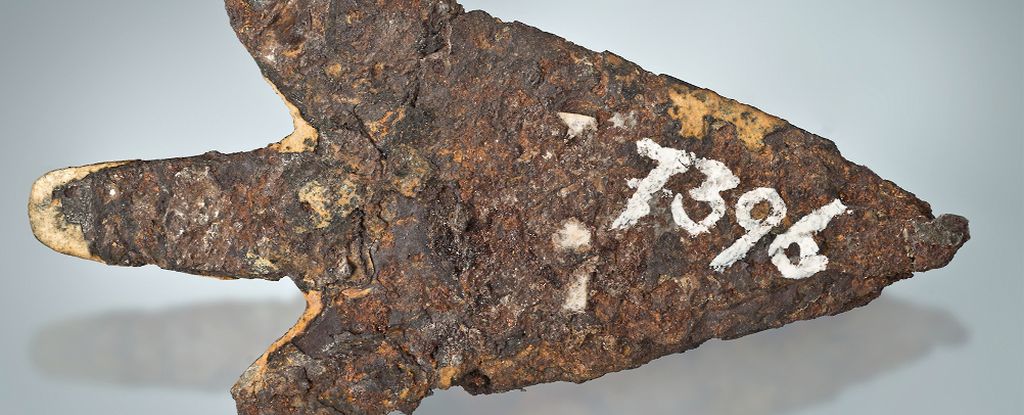
The tiny artifact is made from iron retrieved from an object that fell from the sky. But there’s a twist… See the research here.
Ancient DNA from 94 individuals buried at the Neolithic site at Gurgy ‘Les Noisats’ in northern France has been analysed, providing a picture of a community that existed 6,700 years ago. See the study here.
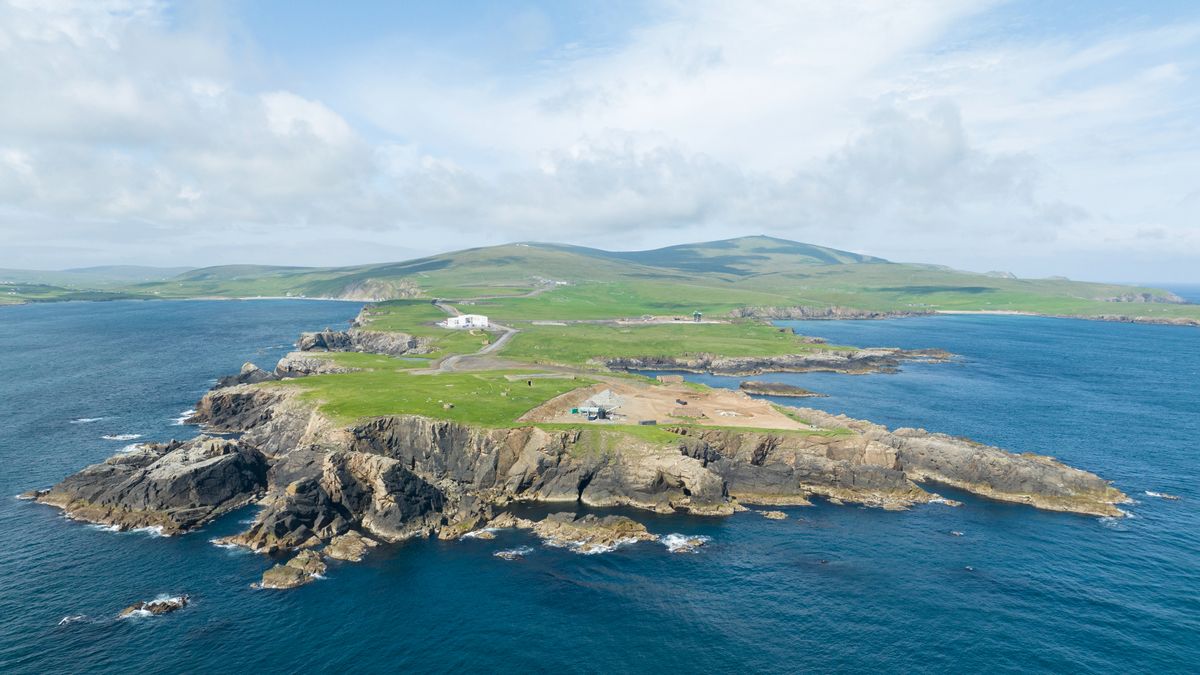
The ancient cemetery consists of at least a dozen burial deposits within an arc of buried granite boulders and pits that may have formed a full circle…But it’s not known yet how many sets of cremated human remains are in each pit.
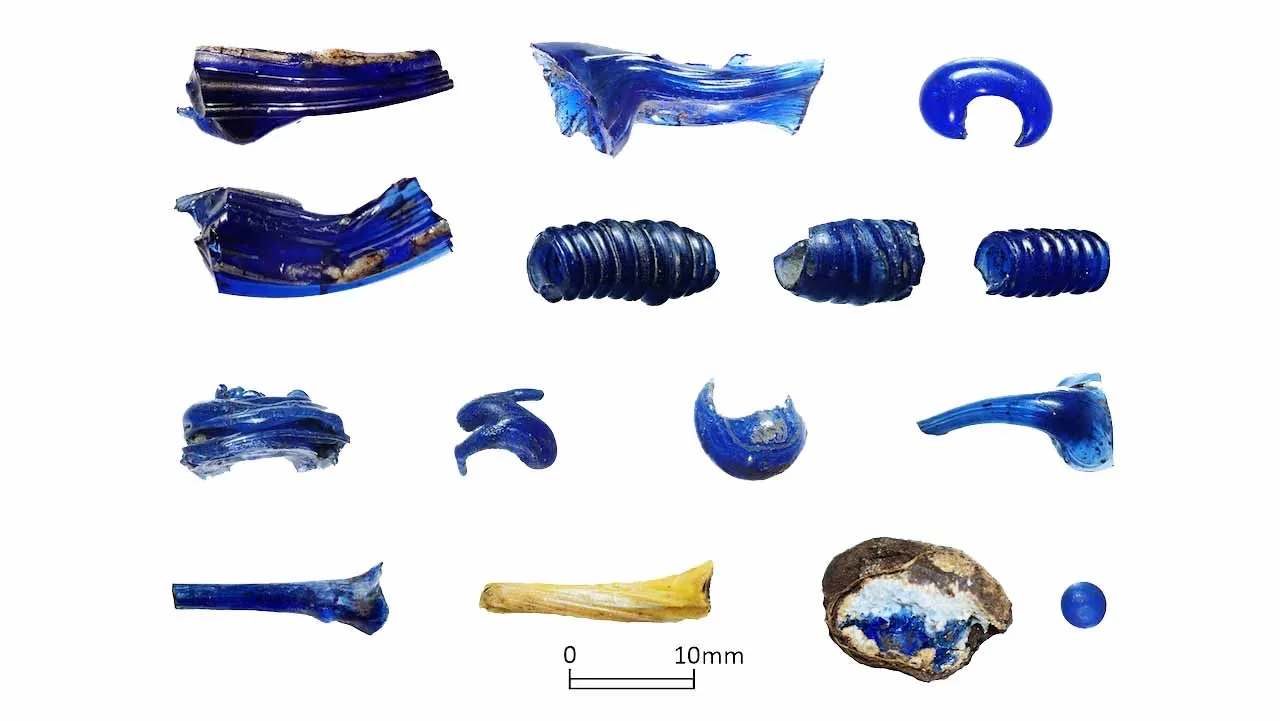
Archaeologists have unearthed a 2,300-year-old Iron Age glass workshop that could be one of the oldest in the world. See the study here.

The Neolithic lifestyle, based on farming instead of hunting and gathering, emerged in the Near East around 12,000 years ago and contributed profoundly to the modern way of life. See the research here.

Our international team of researchers has uncovered the incredible genetic diversity hidden within the ancient remains of those who once called Machu Picchu home. We detail our findings in a study published in Science Advances.
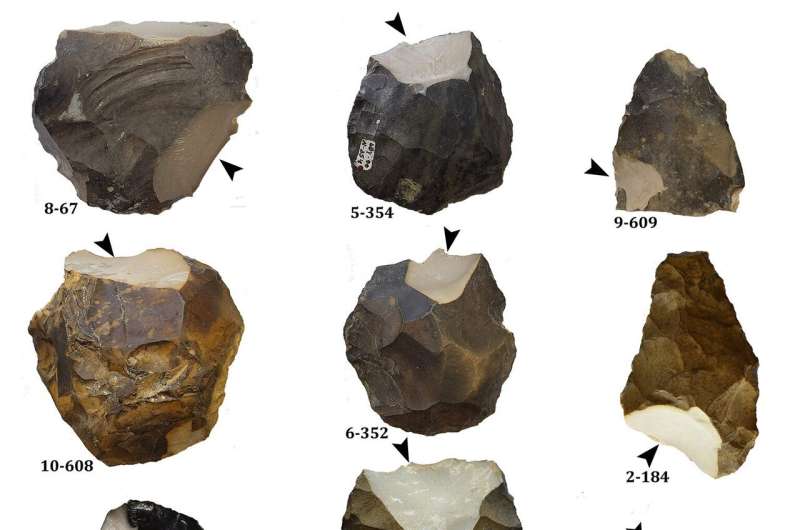
A new study from Tel Aviv University and Tel-Hai College solves an old mystery: Where did early humans in the Hula Valley get flint to make the prehistoric tools known as handaxes?

New research shows the trading of spices for culinary use goes way back – some 2,000 years, to be precise. A paper published in Science Advances details findings of what seems to be evidence of Southeast Asia’s oldest known curry. It’s also the oldest evidence of curry ever found outside India.
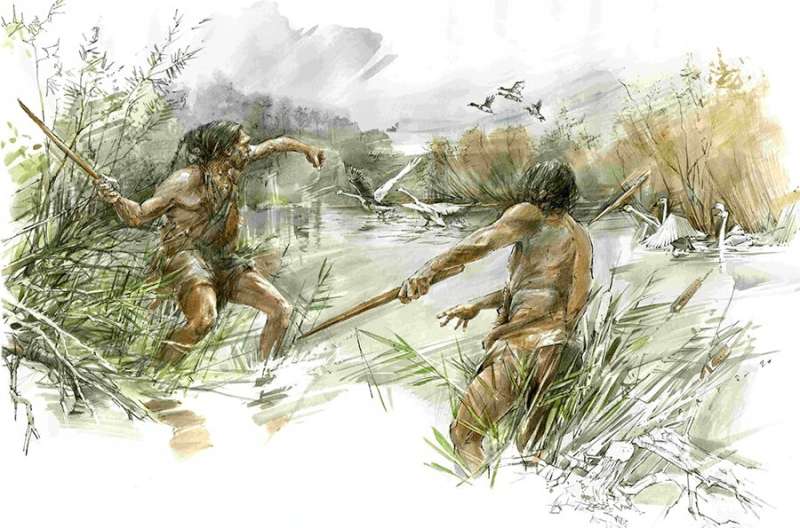
A 300,000-year-old hunting weapon has shone a new light on early humans as woodworking masters, according to a new study.








